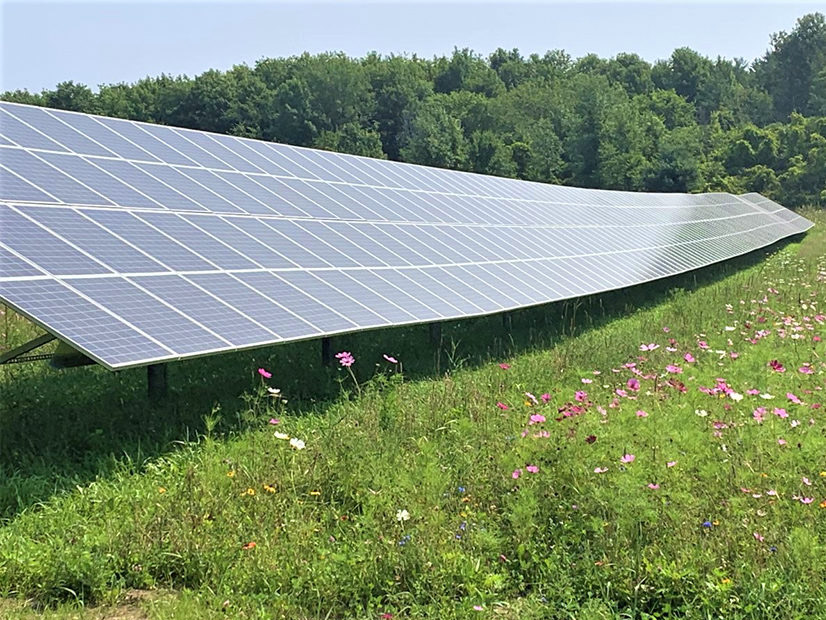MISO hopes it can use a two-step approach to Order 2222 compliance, first using a demand response category in 2026, with full market participation of aggregations of distributed resources still on the RTO’s original 2030 timeline that FERC refused last year.
MISO revealed at an April 11 DER Task Force teleconference the near-final revised Order 2222 compliance plan it intends to file with FERC.
The RTO has divided its plan to allow DER aggregations in its markets into two parts. First, it plans to use an existing demand response resource participation category to get aggregations of distributed resources participating sooner, albeit on a limited basis. MISO said it can begin registering DER aggregations under its demand response resource participation model by Sept. 1, 2026, and begin participation by June 1, 2027.
For demand response participation, DER aggregations must be at least 1 MW and MISO would commit them for either energy or contingency reserves.
A few years later, MISO would roll out its comprehensive Distributed Energy Aggregated Resource model at the beginning of 2030. It plans to register aggregations beginning June 1, 2029, allow DER aggregations to participate in its energy and ancillary services by Jan. 1, 2030, and finally open capacity market participation to aggregations by June 1, 2030.
MISO’s Marc Keyser said though stakeholders might think the deadline remains unchanged from the one FERC rejected last year, this proposal has the RTO working on the necessary changes to its settlements system this year to incorporate aggregations. (See FERC: MISO’s 2030 Finish Date on Order 2222 Compliance not Soon Enough; Stakeholders Ask MISO to Share New Order 2222 Go-live Date ASAP.)
However, MISO would not adopt a wide-ranging, multinodal approach for aggregation. Aggregations would be limited to multiple nodes within a single load-balancing authority and a single load-serving entity, as they are today under its demand response resource model.
“Adding more locations adds complexity,” MISO’s Kim Sperry said. She said the complexity is not limited to the RTO, but seeps into aggregators and distribution utilities’ processes.
Sperry said MISO keeping its DER aggregation locational limits in line with its demand response resource rules allows it to not take on “too much too fast.”
“We’re not trying to bring something brand new to the stakeholder community,” she said.
Some stakeholders questioned why MISO needs three years of prep work to employ an existing resource model for DER aggregations.
MISO DER Program Manager Paul Kasper said MISO needs time to complete a new, “foundational” settlement system tool to accept DER aggregations.
Other stakeholders said the 1-MW size minimum seemed restrictive and pointed out that some states in MISO’s footprint prohibit aggregators from providing demand response and effectively would be shut out of the markets until 2030.
MISO no longer accepts stakeholders’ written opinions on its revised Order 2222 implementation plan and has until May 10 to file its new compliance. It will present its final compliance plan to stakeholders at the April 18 Market Subcommittee.


